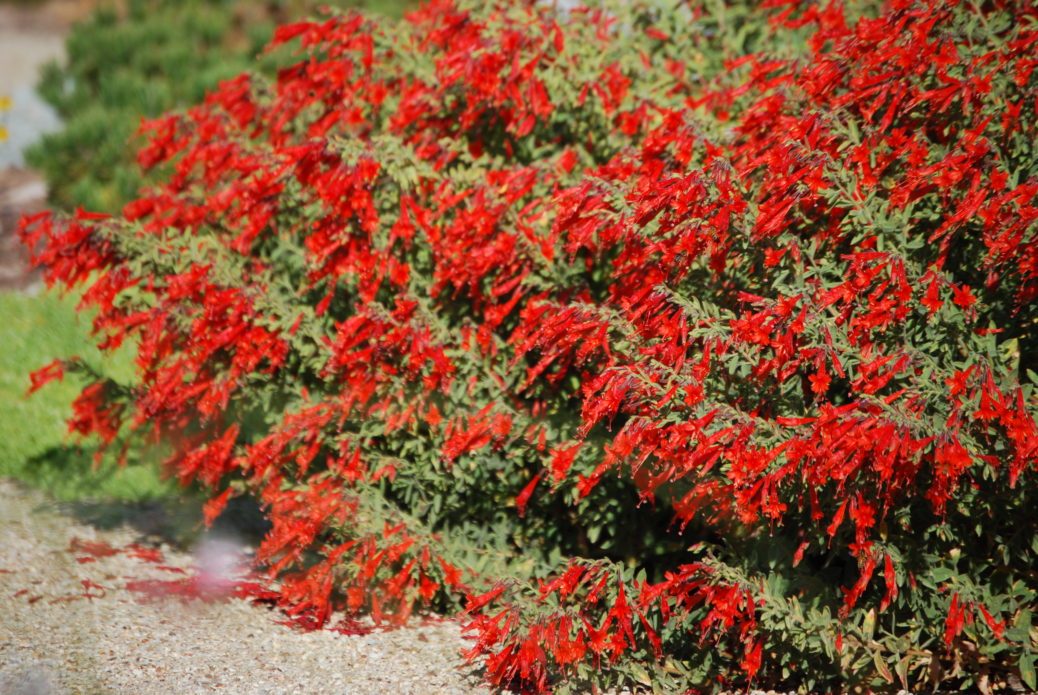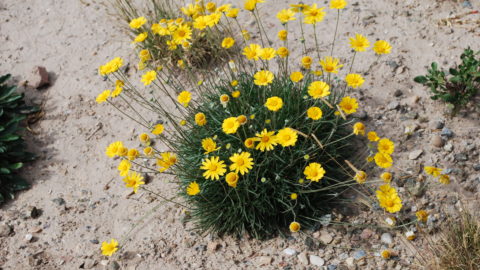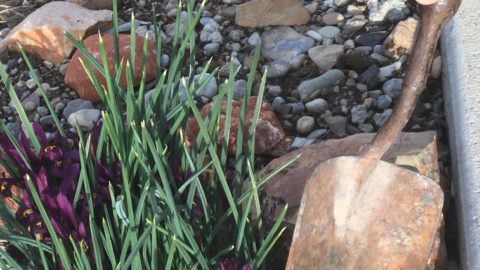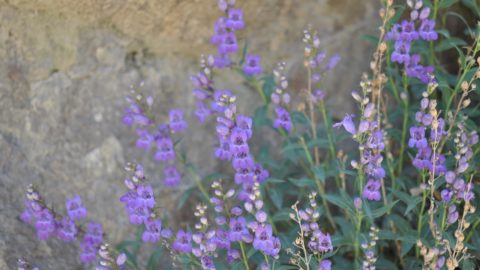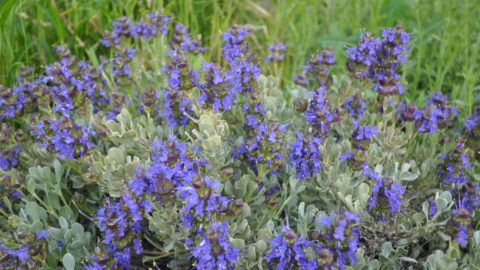![]()


The current taxonomic treatment of Epilobium sect. Zauschneria includes two species, Epilobium canum (Greene) P.H. Raven and Epilobium septentrionale (Keck) Bowman & Hoch. Both species are fall-flowering woody perennials restricted to western North America. Epilobium septentrionale is a narrow northern-California endemic, restricted to rocky crevices along the Eel, Mattole, and Trinity River drainages. The polytypic species, E. canum, is divided into three subspecies; canum, latifolium, and garrettii. Epilobium canum subsp. canum encompasses all of the varied forms of the California coastline and the Central Valley from Clear Lake to Baja California. Epilobium canum subsp. latifolium is primarily restricted to the inland Cascade Range of extreme southwestern Oregon and the Sierra Nevada of eastern California. Epilobium canum subsp. garrettii is separated from its western relatives by the vast Great Basin. It occupies rocky crevices and cliffs of western Wyoming and northern Utah (Bowman, 1980).
Plants of the intermontane plateaus have evolved to take advantage of the natural timing of water availability, which comes mostly in the form of winter snow and early spring and fall rains. Remaining comparatively sedate throughout the months of spring and summer, Wasatch Fire leaps into color as summer heat gives way to shorter days and cooler nights. A once over spring pruning reveals foliage tinged with red along the stems and on underneath sides of the leaves. As the days warm the foliage transitions into a luxurious green mound some 46 cm (18 in.) tall and wide. Deep, red flowers, held comparatively closer to the foliage in relation to other accessions, bring loads of fall attention to the garden, and quickly becomes a favorite feeding station for hummingbirds. The species naturally inhabits rock crevices and cliffs and its ability to spread is contained in such substrates, however, in the garden Wasatch Fire can soboliferously expand up to 76 cm (2.5 ft.). It is tolerant of poor soils, demands lots of sun, and needs approximately an inch of water every two weeks to remain looking vibrant and floriferous, often remaining blooming even after a few fall frosts.
